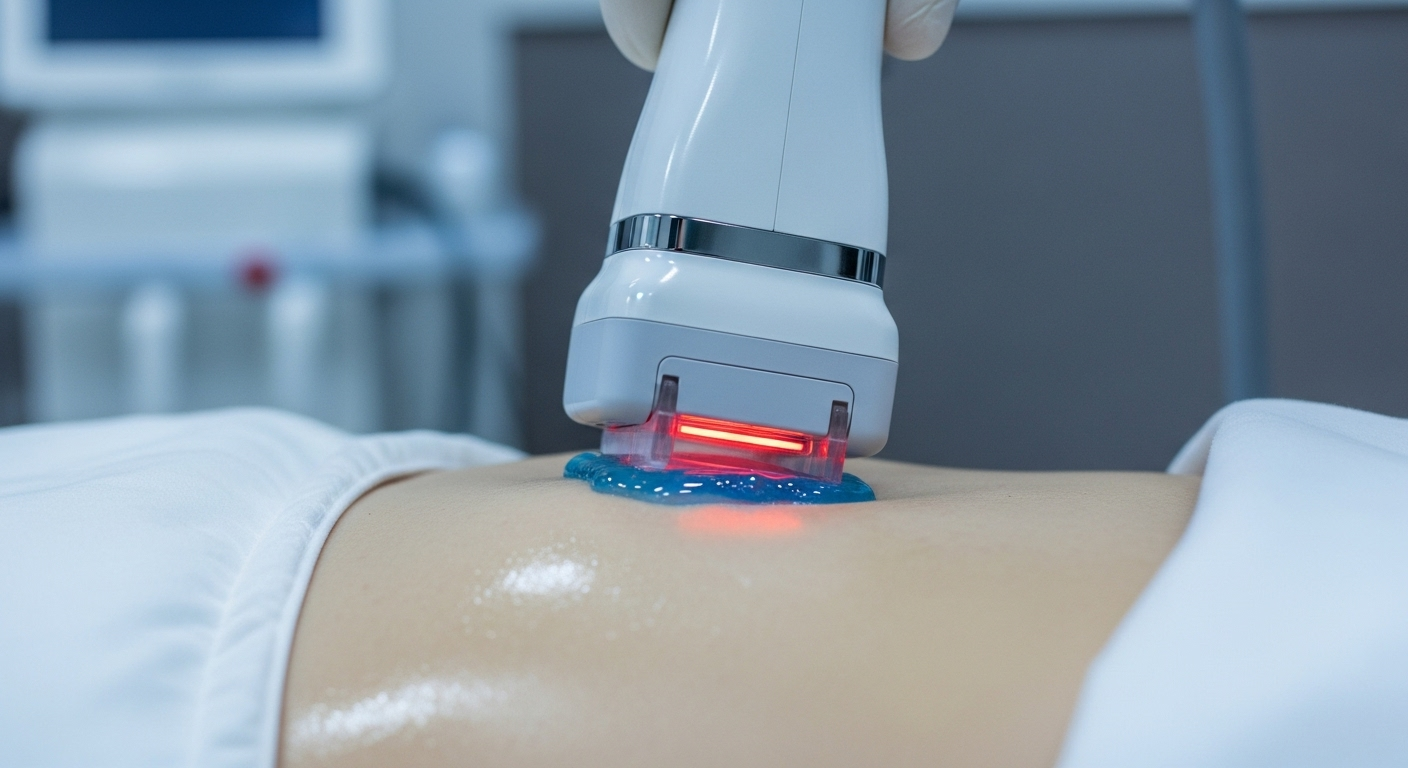Advanced Laser Therapy to Renew Your Skin's Complexion
Discover how advanced laser skin treatments offer a non-surgical route to fresher, firmer skin. Learn how focused light energy targets wrinkles, sun damage, acne scars, pigmentation, and unwanted hair with minimal downtime. Explore types, the treatment process, expected benefits, risks, and cost ranges to help you decide if laser therapy is right for your skin goals.

Which skin concerns can be improved with laser therapy?
Laser procedures are highly adaptable and can be used to treat many common cosmetic and dermatologic problems. Typical issues that respond well include:
- Fine lines and dynamic or static wrinkles
- Sunspots, hyperpigmentation, and age-related discoloration
- Acne scars and other textural scarring
- Uneven tone and rough or bumpy texture
- Enlarged pores
- Visible blood vessels, rosacea-related redness, and broken capillaries
- Unwanted hair growth on various body areas
The optimal laser system varies based on the specific concern and your skin type. A certified dermatologist or experienced aesthetic practitioner will select the device and settings that best match your needs.
Types of laser and light-based treatments
There are several distinct categories of laser and light therapies, each suited to different problems and downtime tolerances:
-
Ablative lasers: These remove the epidermis (top skin layer) and are effective for deep resurfacing, pronounced wrinkles, and significant texture issues. Recovery is longer but results can be dramatic.
-
Non-ablative lasers: These heat deeper skin layers without ablating the surface, stimulating collagen with less downtime. They’re ideal for mild to moderate rejuvenation.
-
Fractional lasers: Fractional technology treats microscopic columns of tissue, leaving untreated skin between zones to speed healing. This approach balances efficacy with faster recovery.
-
IPL (Intense Pulsed Light): Technically not a laser, IPL uses broad-spectrum light to address pigmentation and vascular concerns and can improve overall tone.
-
Pico lasers: Delivering ultra-short picosecond pulses, pico devices are particularly effective for stubborn pigment and tattoo removal with lower risk of thermal damage.
Your provider may recommend a single modality or a combination to reach your goals.
What to expect during a treatment course
A typical treatment pathway includes these steps:
-
Consultation: A detailed skin assessment, medical history review, and goal-setting. Expectations, potential outcomes, and risks will be explained.
-
Preparation: The skin is cleansed, and topical numbing may be applied for comfort on more aggressive treatments.
-
The procedure: Session length ranges from about 15 minutes to an hour depending on the treated area and device. You may feel a warming or snapping sensation during application.
-
Immediate aftercare: Providers often apply soothing creams, cooling devices, or barrier ointments and give specific at-home care instructions.
-
Follow-up: Multiple sessions are commonly required to achieve optimal results, spaced over weeks to months as recommended.
Benefits and potential side effects
Benefits:
- Minimally invasive with less recovery time than surgery
- Highly customizable to target specific issues
- Can yield long-lasting improvements in tone and texture
- Stimulates collagen production for natural-looking rejuvenation
- Treats both pigmentary and vascular concerns as well as hair reduction
Potential risks and side effects:
- Temporary redness, swelling, or bruising
- Transient changes in pigmentation, especially in darker skin types
- Rare risk of scarring or infection if post-care isn’t followed
- Greater sun sensitivity after treatment; strict sun protection is essential
Careful patient selection, experienced providers, and adherence to aftercare instructions reduce the chances of complications.
Cost guide and financing options
| Treatment Type | Average Cost Per Session | Number of Sessions | Total Estimated Cost |
|---|---|---|---|
| Ablative Laser Resurfacing | $1,500 - $3,000 | 1-2 | $1,500 - $6,000 |
| Non-Ablative Laser | $300 - $600 | 3-5 | $900 - $3,000 |
| Fractional Laser | $1,000 - $2,500 | 3-5 | $3,000 - $12,500 |
| IPL Treatment | $300 - $600 | 3-6 | $900 - $3,600 |
| Pico Laser | $400 - $800 | 3-6 | $1,200 - $4,800 |
Prices, rates, or cost estimates mentioned in this article are based on the latest available information but may change over time. Independent research is advised before making financial decisions.
Many clinics provide package pricing for multiple sessions or offer financing plans to make treatment more affordable. Keep in mind most laser services are elective cosmetic procedures and are not covered by standard health insurance.
Making the right choice for your skin
When considering laser therapy, prioritize consultation with a credentialed clinician who can assess your skin type, medical history, and realistic outcome expectations. Ask about the device model, the provider’s experience, pre- and post-care protocol, and alternative or complementary treatments (such as topical regimens or microneedling) that may enhance results.
Realistic expectations and patience are important: some improvements appear quickly while others—especially collagen-driven changes—develop over several months.
Final thoughts
Advances in laser and light-based technologies have broadened non-surgical options for skin rejuvenation, offering targeted solutions for aging, sun damage, scarring, pigmentation, and hair removal. With the right practitioner and a tailored treatment plan, many people achieve meaningful improvements with manageable downtime. As with any cosmetic or medical decision, weigh the benefits, understand the risks, and confirm cost and scheduling expectations before proceeding.
This article is for informational purposes only and should not be considered medical advice. Please consult a qualified healthcare professional for personalized guidance and treatment.






